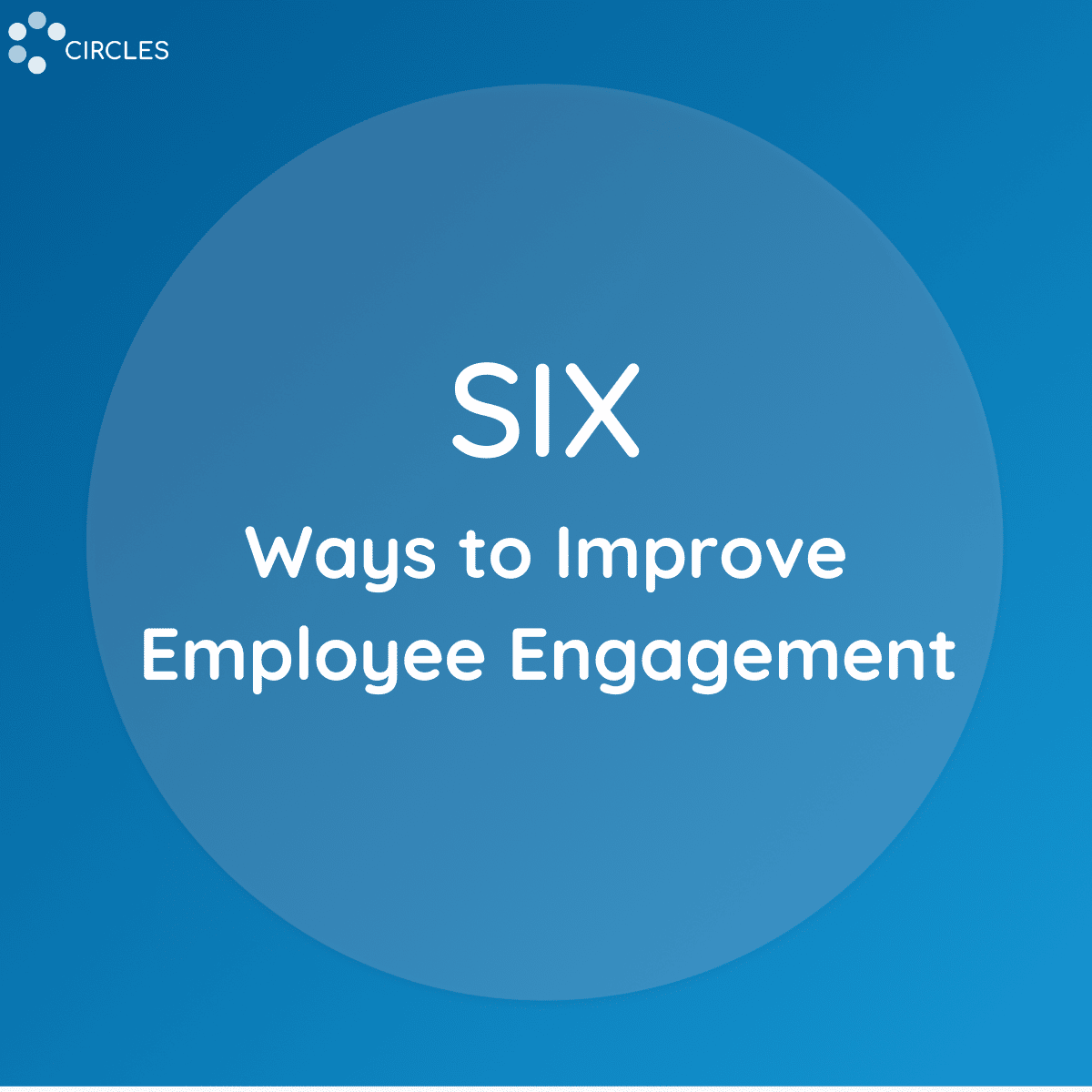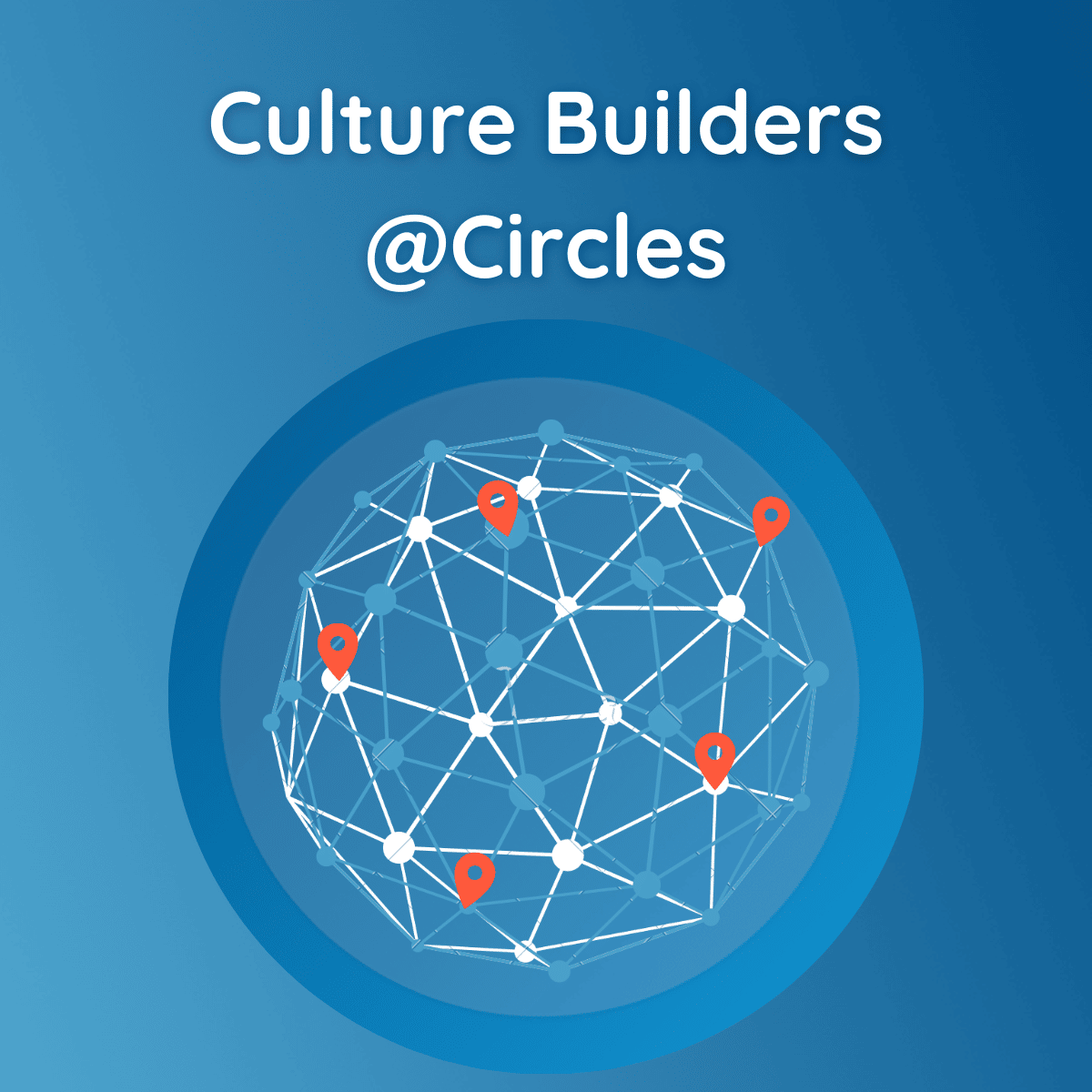Remote Sales Manager: Jasmine Cumberland

“Circles helps me build bonds and network with my colleagues, while showing my leadership capabilities. When JumpCrew needed a sales manager, I didn’t even apply–they came and offered me the job.”
In March 2021, Jasmine Cumberland started at JumpCrew as a fully-remote Sales Representative. To expand her relationships, she signed up for one of the organization’s “New Hire 101 Circles”–a facilitated group of 6-8 colleagues gathering regularly to connect and grow. The focus of the circles is to rally new hires on three leadership principles: vulnerability, remote leadership and preventing burnout. “It’s hard for a remote worker to create bonds beyond the few I’m directly working with–before circles, I felt like I didn’t know anyone else in the company. Now I can reach out to someone if I’m having an issue.”
Gone is the classic office culture many enjoyed pre-pandemic: the new world of hybrid work tends to isolate and disconnect employees. Jasmine misses the office camaraderie: “Previous in-person jobs felt like a work family. The first time I went into the JumpCrew office to visit, people from my circle ran up and hugged me just as emphatically as an in-office team would–which is such a testament to the relationships that are built in the Circles space.”
Jasmine became a team lead in June 2021. By November, she’d been tapped for a management position.
She attributes her fast-tracked promotions to Circles, which not only connected her with colleagues, but also served as a catalyst for her career path in the company.
JumpCrew Founder: David Pachter
David Pachter never liked the idea of people working from home. The leader of JumpCrew–an outsourced marketing and sales firm out of Nashville–Pachter wanted employees in the office, “feeding off each others’ energy and held accountable for key performance indicators.”
But in March 2020, the pandemic hit, forever altering the world and the way people work. JumpCrew initially lost clients and cash flow, but by the end of 2020, morale was high and they were hiring again. In his book Remote Leadership, Pachter attributes that resiliency in part to peer learning in circles. “By the time the world changed, we had already built a culture that prepared our leaders to spearhead that change in a way that was mindful, connected, vulnerable, and transparent.”

“Circles has been a vital part not only of the success of JumpCrew, but also of most of the leaders of the company”
Today, Circles aren’t mandatory for JumpCrew employees, but a compelling intro video from Pachter so highly endorses them that the majority of employees join. As Pachter shares in the promo video: “If you’re on time and participate in all your circles, the data suggests you’ll be much more likely to achieve more at JumpCrew than your peers who don’t. You’ll be more prepared to lead, and have gained the trust of peers who may be in a position to actually recognize you, to help you level up.”
Director of Learning & Development: Jarvis Henderson

“I’m a firm believer that true growth happens in the context of relationships. Circles help employees engage in a safe space, creating a sense of belonging.”
When Jarvis Hederson joined JumpCrew in 2022, the company already relied heavily on Circles for onboarding and career path systems. As Director of Learning & Development, he’s leading his team in relaunching and expanding circles. “We’re exploring ways to expand Circles and connect employees in new ways–through themes and affinity groups.”
Jarvis and Jasmine meet regularly to collaborate on enhancing JumpCrew’s thriving company culture. As Jasmine shared: “We already have a culture crew, which is essentially a committee that sets events like icebreakers, happy hours and talent shows–I’m excited to expand circles into Employee Resource Groups.”
At a time when organizational leaders are scrambling to retain talent and keep employees engaged, Jarvis is counting on Circles for both. “I personally feel like Circles is going to help with attrition numbers. People are going to feel comfortable and a part of the culture. It’s the feel-good side of what’s needed to create moments.”
Chief People Officer: Dan George

JumpCrew’s biggest people challenge matches those of the greater market: shrinking their 90-day turnover. When Dan George joined JumpCrew as Chief People Officer earlier this year, he immediately saw the value in the company’s seamlessly integrated Circles experiences. “Statistically, those participating in circles have a significantly longer tenure than those that don’t.” He sees a twofold purpose behind circles: continuing to build JumpCrew’s leadership bench while keeping employees connected.
“Having worked in human capital for years, it was easy for me to see the specialized nuance Circl.es provides, enabling our teammates to connect, learn, reflect, and grow into high-performing people we need.”
Onsite Sales Manager: Amber Gold
“Circles opened my eyes to the fact that my colleagues are people first, and then professionals. I’ve worked in enterprise companies and in large school systems; until Circles, I hadn’t encountered space in a professional environment to share vulnerably.”
Transplanting cities to start a new job can be a lonely experience. That’s why when Amber Gold reported to the Nashville JumpCrew office, she said yes to every social invite–including joining a new hire circle. She wanted to meet as many new people as possible.Through circles, Amber discovered colleagues at various organizational levels experiencing many of the same challenges she was going through, normalizing her acclimation. ““It’s just nice to find a common group of people to share with, not to give advice. I always left my circle knowing I wasn’t the only one facing certain challenges.”
“When I think about the six people who were in my original circle at JumpCrew, four out of six of us are still here. And we met during the wild ride of the pandemic.” Amber Gold
She says circles gave her visibility into other departments, a space to share experiences and challenges, and access to peer mentors–something she didn’t even know to ask for. “The person who is now president was in a circle with me 3.5 years ago, so we’ve grown in our careers together. We were initially sorted into a circle together simply based on our calendar availability.”
Today, Amber facilitates circles for new hires. “I want them to feel welcome and accepted like I did. People cry sometimes. They say they leave their circle feeling so much better and they look forward to work again. It’s like group therapy.” Circles allows employees to immediately express themselves, grow, and connect with people they wouldn’t normally connect with. “I get to watch the lightbulbs going on as they are able to not only look at the challenge from the seat they’re sitting in, but to think about the challenge the person above them is facing. How would you handle it if you were already in that next seat up?”
“I contribute a lot of my professional growth to Circles–I’m so thankful to have grown from a sales rep into a director, and from a participant into a facilitator.”
Connect & Grow Employees Across an Organization
Circles transforms every level of an organization. From Chief People Officers to brand new Sales Representatives–fully remote or at the home office–everyone experiences the value of connecting and growing employees in Circles.
How might Circles help you level up your organizational culture? Contact us for a free demo today!
“Circles fill a different need depending on the employee. What do you need and what space does circles fill within that need?”
Jasmine Cumberland




